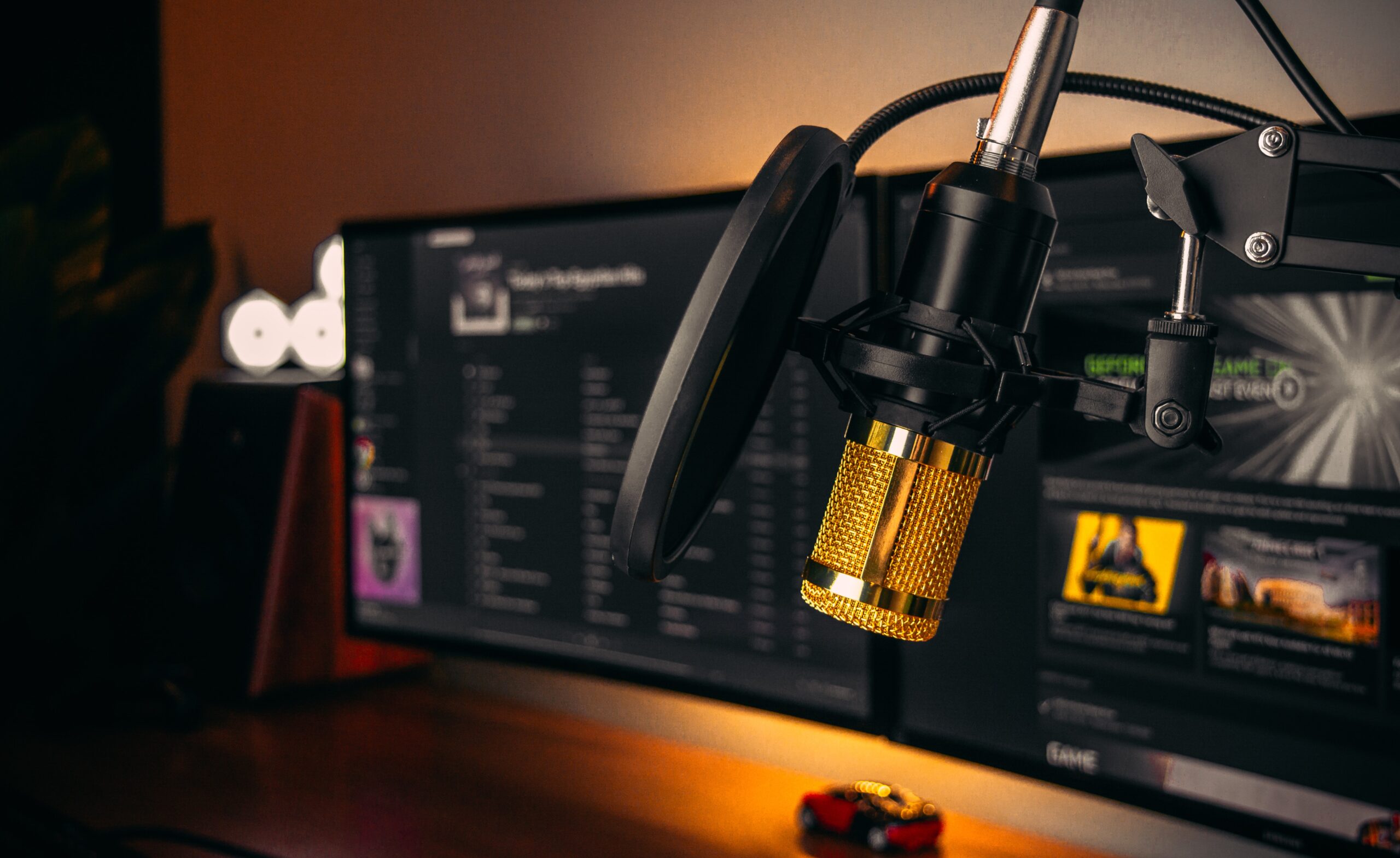Radio jingles and imaging are crucial elements of a radio station’s branding and marketing efforts. Jingles are short, catchy tunes that often contain the station’s name or slogan, while imaging includes elements such as voice-overs, sound effects, and music beds that help to create a distinct and recognizable sound for the station. In this essay, we will explore the importance of radio jingles and imaging in 2023, and how they have evolved in recent years.
One of the primary reasons why radio jingles and imaging are so important is that they help to create a strong and consistent brand identity for a radio station. In a crowded media landscape, where there are countless options for listeners to choose from, it is essential to stand out and be memorable. By creating a unique and recognizable sound for a station, jingles and imaging can help to differentiate it from its competitors and make it more appealing to listeners.
In recent years, the use of technology has transformed the way that radio jingles and imaging are created and distributed. With the rise of digital audio workstations and online marketplaces, it is now easier than ever for stations to access high-quality jingles and imaging elements. This has led to a democratization of the industry, with smaller stations and independent producers now able to create professional-quality jingles and imaging at a fraction of the cost of traditional methods.
Another trend in the radio jingles and imaging industry is the use of customization and personalization. Rather than using generic jingles and imaging elements, stations can now create bespoke pieces that are tailored to their specific brand and audience. This can involve incorporating local references, cultural elements, or even personalized greetings for individual listeners. By doing so, stations can create a more intimate and engaging relationship with their audience, which can lead to increased loyalty and engagement.
In addition to traditional radio stations, the rise of podcasting has also created new opportunities for jingles and imaging. Many popular podcasts now incorporate jingles and imaging elements, which can help to create a sense of professionalism and coherence for the show. Similarly, brands are now creating their own podcasts and using jingles and imaging to create a consistent brand identity across all of their marketing channels.
Finally, it is worth noting that while the basic elements of jingles and imaging have remained relatively consistent over the years, there has been a shift in the overall style and tone of these elements. In the past, jingles were often bright and cheerful, while imaging tended to be more straightforward and informational. Today, there is a greater emphasis on creating more emotionally resonant and storytelling-driven jingles and imaging. This is in line with broader trends in marketing, which prioritize emotional connections and authenticity over traditional hard-sell tactics.
In conclusion, radio jingles and imaging remain essential tools for creating a strong and consistent brand identity for radio stations and podcasts. While the basic elements of jingles and imaging have remained consistent over the years, the industry has evolved in response to technological advancements, the rise of personalization and customization, and changing trends in marketing. As we move further into the digital age, we can expect to see continued innovation and experimentation in this field, as radio stations and brands seek to create ever more engaging and memorable audio experiences for their audiences.

